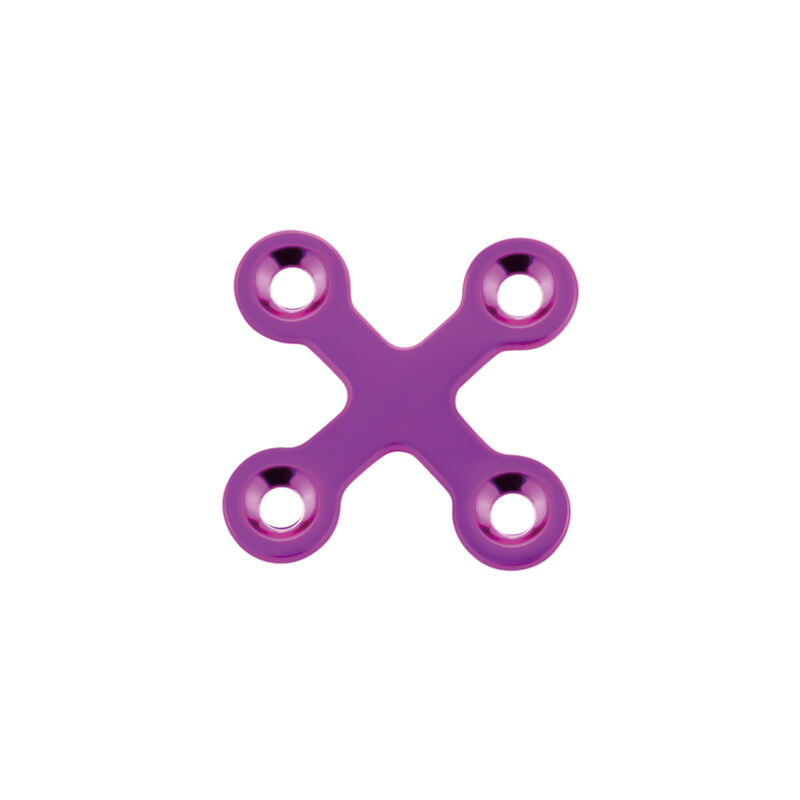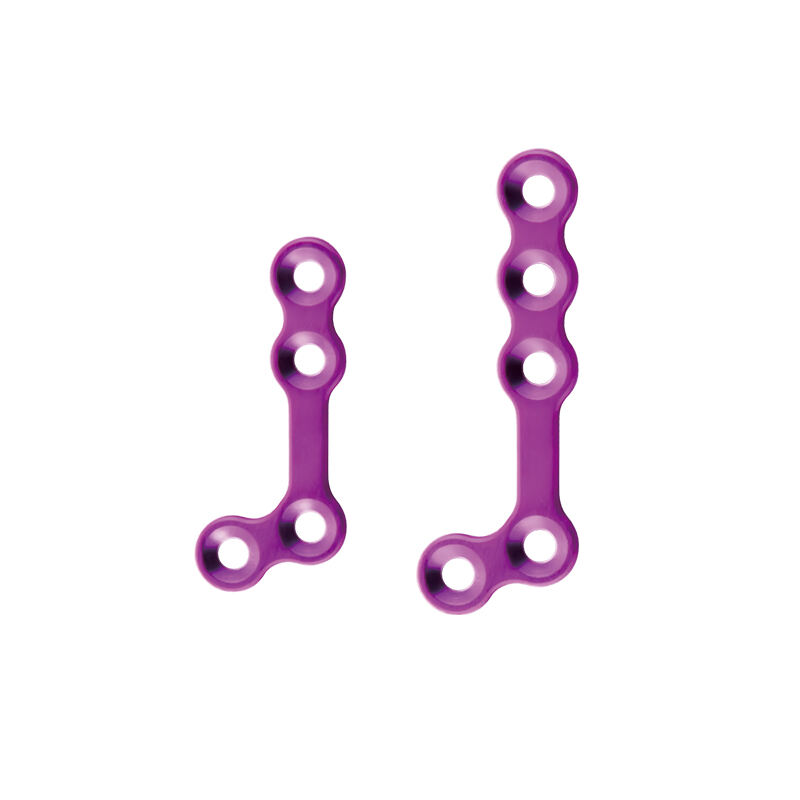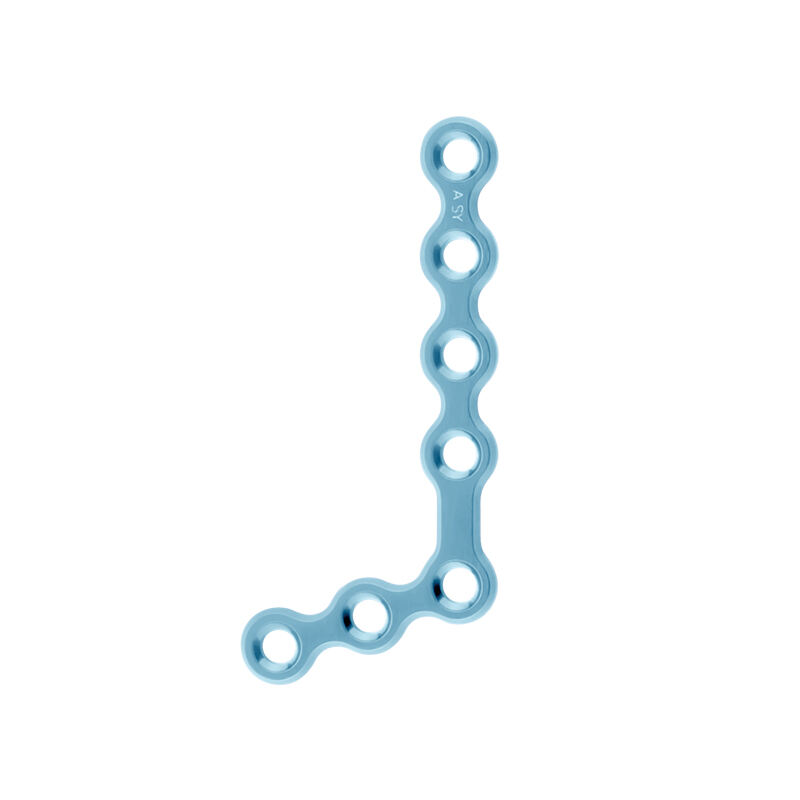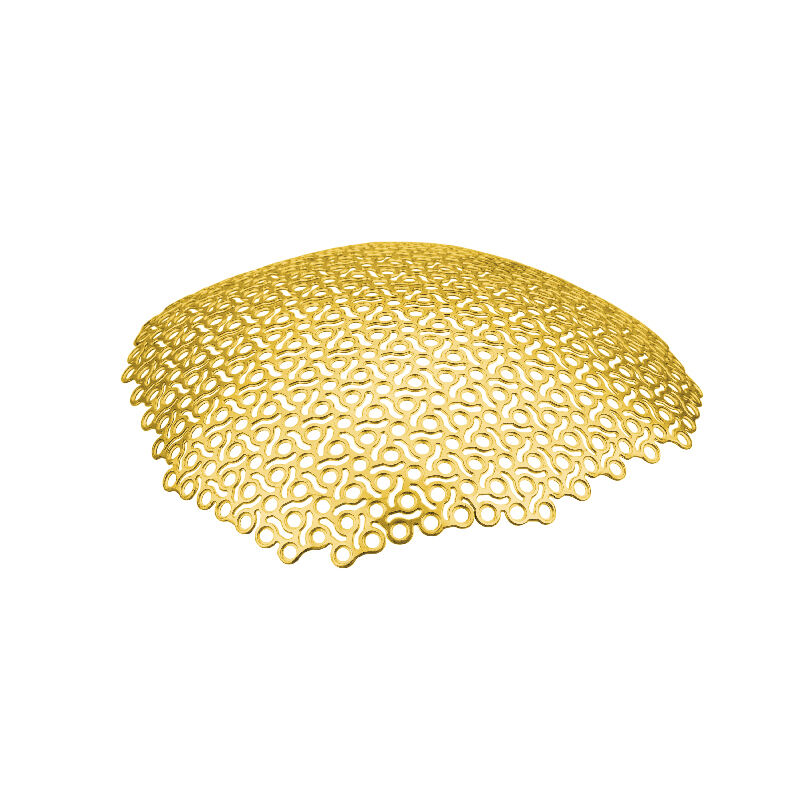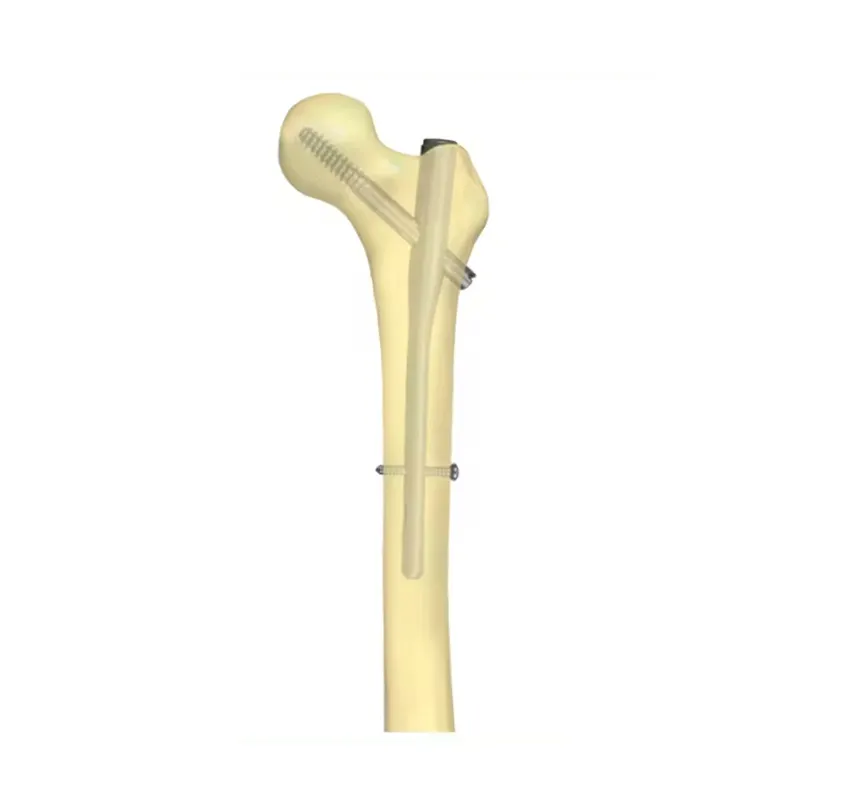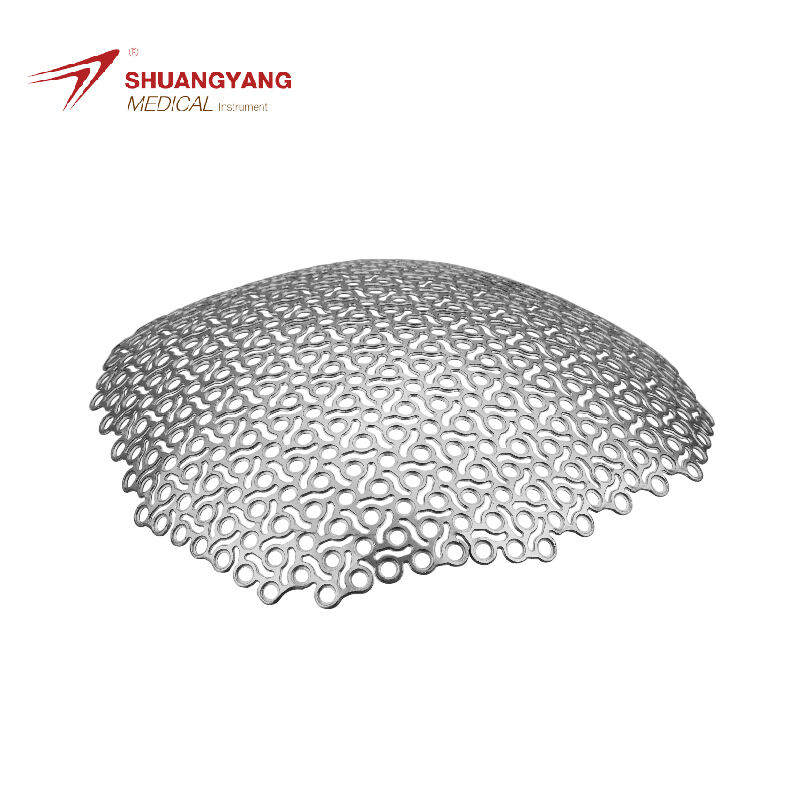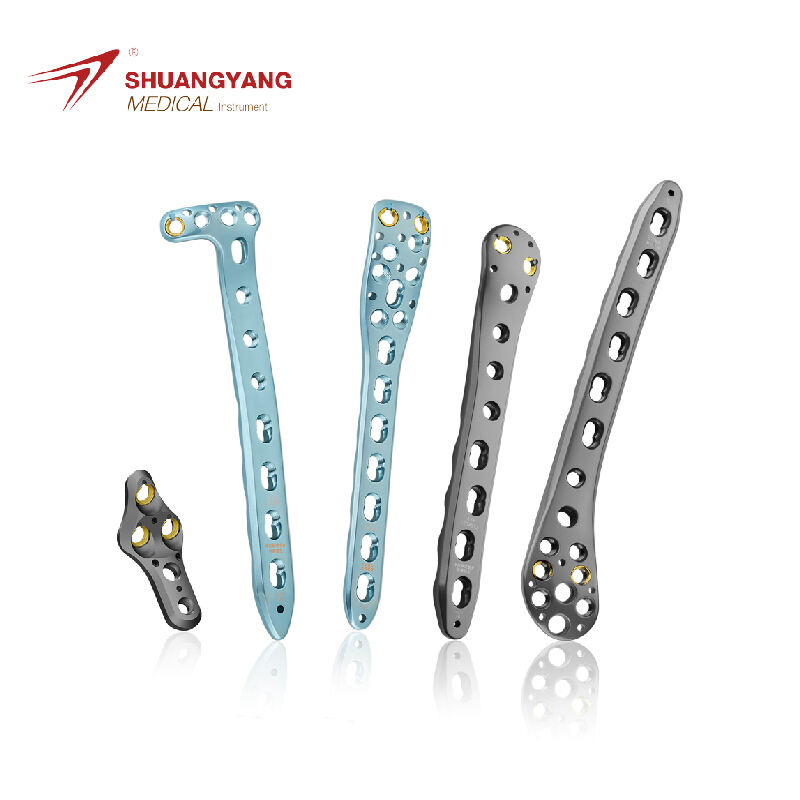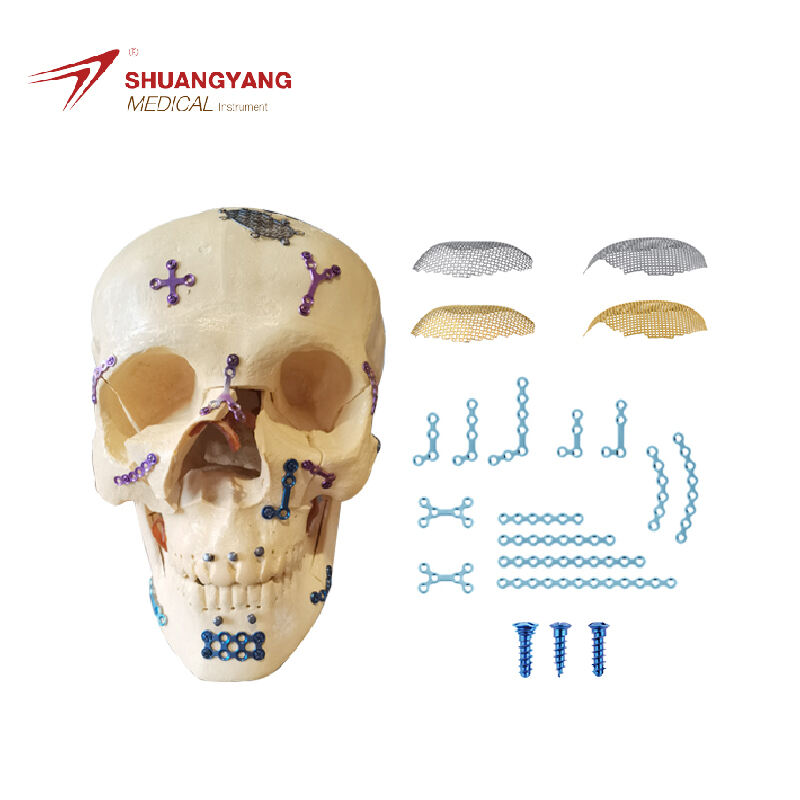distal humerus medial plate
The distal humerus medial plate is a specialized orthopedic implant designed to provide internal fixation for fractures of the medial side of the distal humerus. Its main functions include stabilizing the bone fragments, facilitating proper alignment, and supporting the healing process. Technologically advanced, this plate is crafted from high-quality materials that offer biocompatibility and strength, often featuring a low-profile design that minimizes soft tissue irritation. The applications of the distal humerus medial plate are extensive, primarily used in the surgical treatment of comminuted intra-articular fractures, offering a reliable solution for both simple and complex cases.
 EN
EN
 FR
FR
 ES
ES
 AR
AR

